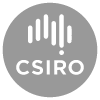There are a number of different accreditation schemes for wool and sheep meat producers. These schemes all vary in their specific requirements, but a consistent theme throughout them all is a focus on farming best practice and high animal welfare standards. Numnuts can help achieve these goals, by giving lambs the best start in life by reducing the pain that otherwise accompanies necessary husbandry proceedures.
For an outline of how Numnuts can help you meet the requirements of a variety of accreditation schemes and industry body best practice guidelines, read on…

“Castration and tail docking clearly cause pain. Published Scientific evidence provided to us strongly indicates that where pre-operative local anaesthetic (and ideally post-operative analgesia) has been used there is not only a clear reduction in pain and suffering but also improvements mothering up. We hear from producers many other benefits including, reduced scouring (as sign of stress 2-3days after marking, better movement of mobs back to paddock, less stress on the stockmen and dogs and improved atmosphere with the humans and lambs marking with less discomfort and distress.
NewMerino strongly encourages it use of local anaesthetics and analgesics for the benefit of the animal to be able to demonstrate responsible animal management practices to the increasing number of retail brands requiring verification of the farms from which they source wool. At the time of writing (Oct 2020) new merino does not mandate the use of pre-operative local anaesthetic and post-operative analgesia, yet we anticipate this position will change in the foreseeable future.”
Website: www.newmerino.com.au
Click here for further information regarding NewMerino’s standards or here for their company goals

“Australian producers have always been aware of their responsibilities for livestock welfare. However, increasing awareness among consumers is placing significant pressure on our livestock industries to improve animal welfare. The development of welfare standards and guidelines underpins access to overseas markets and reinforces Australia’s international leadership in livestock welfare.“
Website: www.animalwelfarestandards.net.au
Below are exerpts from the Australian Animal Welfare Standards and Guidelines for Sheep [Edition 1 (version 1), Endorsed Jan 2016]:
Introduction – Principles for sheep welfare (page 9)
Good husbandry principles that also meet the basic physiological and behavioural needs of sheep include:
- procedures to minimise the risk of pain, injury or disease
undertaking of any husbandry procedures required for planned flock management in a manner that reduces the impact of these procedures and minimises risks to sheep welfare
Section 6 – Tail docking and castration (pages 20-24)
Objective:
Tail docking and castration are done only when necessary, and in a manner that minimises the risk to the welfare of sheep, particularly pain and distress.
Guidelines:
G6.14 Tail docking and castration should be accompanied by pain relief {when practical and cost-effective methods become available}. Operators should seek advice on current pain minimisation strategies.
G6.23 A person should use the most appropriate tools and least painful method to castrate sheep that is applicable to the production system.
Click here to download the full document
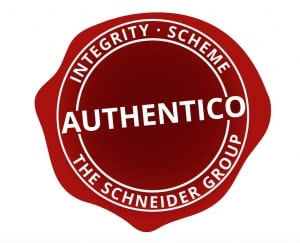
“As a wool grower you already comply with a large number of requirements in the domains of animal welfare, quality assurance, envrionmental care etc.”
Website: www.gschneider.com/authentico/
Excerpts from Authentico Registration Requirements:
Animal Welfare Requirements:
2.6. Tail Docking and Castration
2.6.3. For all methods, pain relief shall be applied {when available}.
Implementation of the 5 Freedoms for animals as established by The Royal Society for the Prevention of Cruelty to Animals (RSPCA).
For further requirements please click here.
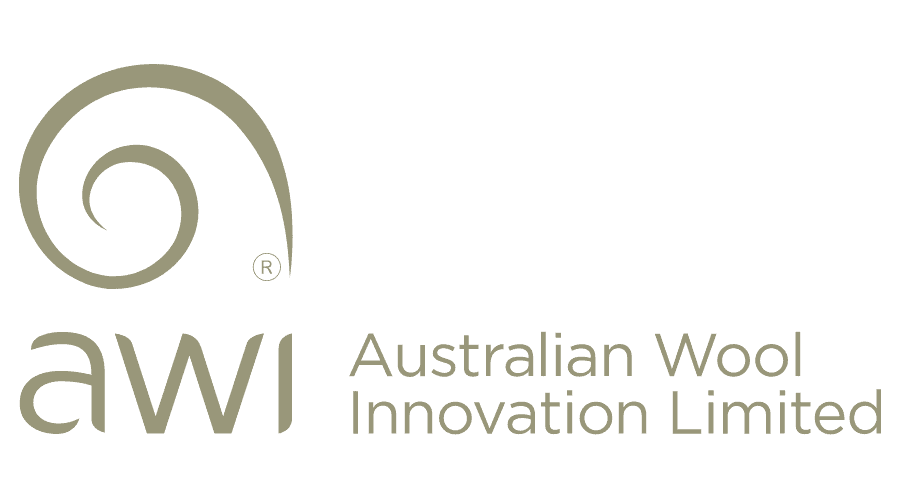
From the AWI document ‘Plan, Prepare and Conduct Best welfare Practice Lamb Marking Procedures: Training Guide’ [February 2020]:
Guidelines (page 73-74)
G6.14 Tail docking and castration should be accompanied by pain relief when practical and cost-effective methods become available. Operators should seek advice on current pain minimisation strategies
G6.23 A person should use the most appropriate tools and least painful method to castrate sheep that is applicable to the production system.
Click here to view the full guide.
https://www.wool.com/sheep/welfare/breech-flystrike/analgesia-anaesthesia/
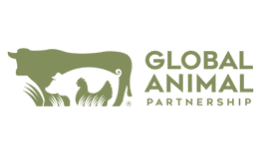
“We are one of the largest farm animal welfare standards and labeling organizations in North America. We exist to positively impact the lives of millions of farm animals being raised for food each year.”
The Global Animal Partnership’s 5-Step Animal WelfarePilot Standards for Meat Sheep v1.4 [Updated May 2020] states:
2.6 Castration (page 19)
Castration is known to cause pain and discomfort, and operations are strongly encouraged to administer, at a minimum, pre-operative local anesthetic and post-operative analgesia.
Click here to download the full document.
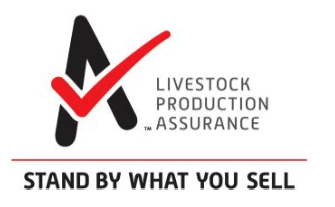
“The Livestock Production Assurance (LPA) program is the on-farm assurance program that underpins market access for Australian red meat. LPA National Vendor Declarations (NVDs) provide evidence of livestock history and on-farm practices when transferring livestock through the value chain.”
Below are excerpts from the Livestock Production Assurance Guidebook [Aug 2019]:
Section 1.2 The seven elements of LPA (page 5)
LPA-accredited producers must meet specific requirements for each of the seven elements of LPA. These elements [include]:
7. Animal Welfare – Producer responsibility: To ensure handling of livestock is consistent with the requirements of the Australian Animal Welfare Standards and Guidelines for cattle, sheep or goats (as applicable).
To view the relevant sections of the Australian Animal Welfare (AAW) Standards and Guidelines click here.
Or, click here to download the full AAW document.
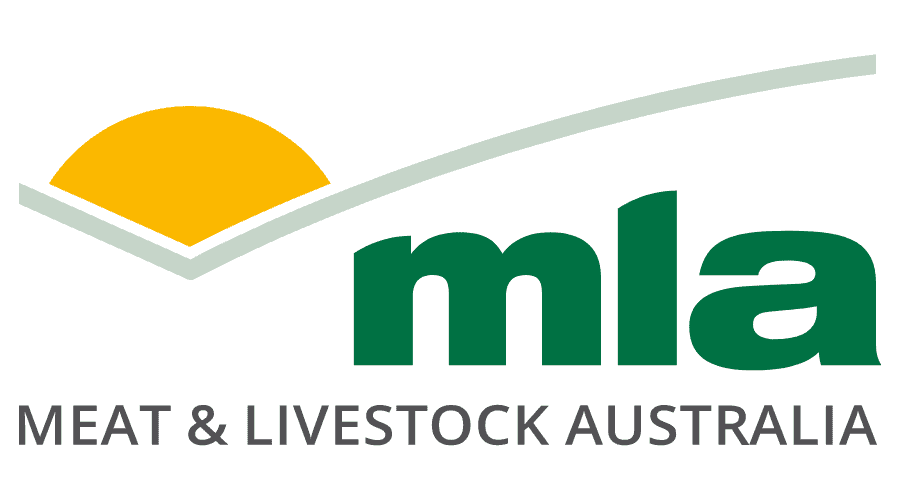
The provision of pain relief with routine husbandry practices is now an expectation.
Not only do producers need to consider the use of pain relief products in their animals, but also alternative husbandry procedures and management practices.
Sheep Pain relief Fact Sheet
Below are extracts from ‘A producer’s guide to sheep husbandry practices‘ [June 2013]:
1. Mustering, yarding and handling – Lamb Marking (page 9-10)
• Use new or alternative methods, treatments or practices as they become available, especially those that eliminate or significantly reduce pain, suffering and distress.
• Use appropriate pain relief products for the procedure being undertaken, if practical, cost-effective pain relief products are registered and available for use in sheep. Consult your veterinarian for information on pain relief products for use in sheep.
11. Castrating (page 43-54)
“Use appropriate pain relief products for the procedure being undertaken if practical, cost-effective pain relief products are registered and available for use in sheep.”
“Traditionally, sheep have been castrated using lamb-marking rings or a lamb-marking knife. Of these two methods, lamb-marking rings are preferred”
12. Tail-docking (page 46-48)
“Use appropriate pain relief products for the procedure being undertaken, if practical, cost-effective pain relief products are registered and available for use in sheep.”
Click here to download the full document
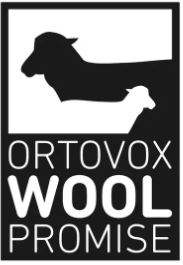
“Since 1988, ORTOVOX clothing has been all about wool. The protection of people and animals is the central focus of all of ORTOVOX’s activities. That’s why, after more than two years of talks with wool farmers, suppliers and producers, ORTOVOX 2017 has initiated the OROTOVOX WOOL PROMISE (OWP) as its own wool standard.
Based upon the Responsible Wool Standard (RWS), the OWP takes an even more extensive approach: The regular OWP audits focus upon animal welfare, farm and land management, and slaughter and transport. More than 60 indicators are checked regularly on the farms by a certified, independent auditor.”
Website: www.ortovox.com/lv-en/wool-expert/wool/owp-ortovox-wool-promise
Guidelines from Ortovox Wool Promise Audit Protocol [2018]:
2.4.3 Tail docking
Tail docking shall be performed when lambs are between an average of 24hrs and 8 weeks of age, using either a hot knife or rubber ring method. The recommendation is to dock the tail immediately below the third palpable joint or to cover of the vulva in ewes.
- Pain relief shall be applied when suitable pain relief is available.
- Farmers shall monitor for signs of post-operative complications and take appropriate corrective actions.
2.4.4 Castration
Castration shall be carried out when lambs are between an average of 24hrs and 8 weeks of age, using rubber ring, emasculator or surgery (with mandatory pain relief).
- Pain relief shall be applied when suitable pain relief is available.
- Farmers shall monitor for signs of post-operative complications and take appropriate corrective actions.
- Lambs destined for slaughter before they are 12 weeks old, or before onset of puberty should be castrated.
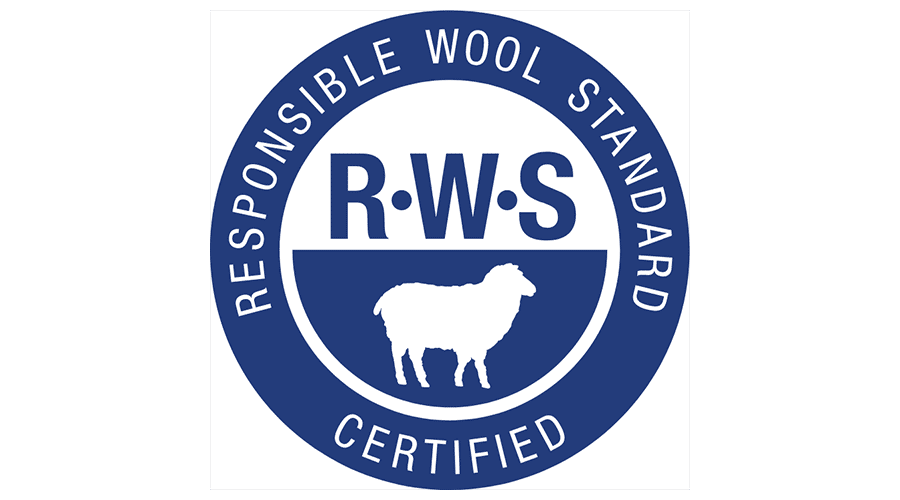
“The Responsible Wool Standard (RWS) is an industry tool designed to recognize the best practices of farmers, ensuring that wool comes from farms with a progressive approach to managing their land, and from sheep that have been treated responsibly.”
“Management tasks such as tail docking and castration are painful operations. The first question must always be whether such procedures are necessary, and the RWS standards already require that the decision to carry out injurious husbandry procedures, including tail docking and castration, must be based on a welfare risk/benefit analysis rather than as a routine.”
According to the RWS document, Responsible Wool Standard 2.1 [RAF-101a-V2.1-2020.05.01]:
Section C – Animal Welfare Criteria
AW3. Animal Management (pages 22-24)
Desired outcome:
Animals are managed in a way that promotes good health and prevents disease. Sick or injured animals are treated. Husbandry operations are carried in a way that minimizes pain and distress.
AW3.9.1 For all methods [of castration], pain relief shall be applied {when suitable pain relief is available}.
AW3.10.1 For all methods [of tail docking], pain relief shall be applied {when suitable pain relief is available}.
Click here to download the full document from the RSW website.
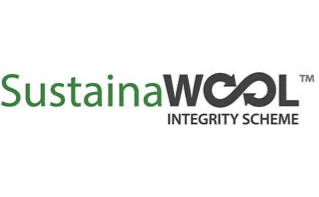
“Accreditation provides benchmarks for minimum sustainability standards within the wool production system in Australia and provides integrity and traceability along the pipeline to consumers.”
According to The AWEX SustainaWOOL™ Integrity Scheme Manual [August, 2020]:
1. Animal Welfare / Animal Health (page 6-7)
“It is a requirement for accreditation that the following protocols are adhered to when performing Castration and Tail Docking. Castration must be carried out using the rubber ring method only. Tail Docking must be carried out using the rubber ring or cauterised (hot) knife methods only… If registered and readily available, the SustainaWOOL™ Integrity Scheme recommends for suppliers to use a pain relief product during these procedures, preferably a pre-procedure analgesic.”
Click here to download the full manual.
According to the SWIS Newsletter [September, 2020]:
SustainaWOOL standards state that for Green and Blue tiers pain relief is suggested for lamb marking whereas to receive Gold tier, pain relief such as Numnuts is required to be given during lamb marking and other painful procedures.
“As you know, SustainaWOOL exists to celebrate the highest standards of sheep and farm management, wool quality, and clip preparation – in the interests of all investors in the wool pipeline. Our underpinning principles are:
- We encourage close communication between wool growers and those who invest in their wool, built on foundations of trust and transparency, and shared
commitment to grow demand for our products. - We recognise the need for the Australian industry to move away from painful practices such as mulesing, and we applaud those across the industry who have invested in this outcome.
- We recognise that the best possible welfare outcome for the animal must always remain paramount, and so where painful procedures still need to be applied to the sheep in the interests of its health and welfare, provision of pain relief is to be encouraged and is required of our suppliers”

“Healthy sheep naturally produce the best quality fibre.”
Website: www.discoverzq.com
Established in 2006, the ZQ certification programme provides brands and consumers with an assurance that production systems meet standards for the stewardship of livestock, management of the environment and social responsibility, and that the resulting fibre and products are of the highest quality. The programme is available to all growers who supply The New Zealand Merino Company (NZM), and from a production standards perspective we believe ZQ should be the minimum standard for growing wool.
Textile Exchange and NZM have worked together to create a robust combined audit process and checklist that simultaneously addresses both RWS and ZQ requirements. This means that farms audited and compliant to ZQ after April 2021 will also simultaneously be audited to and be in conformity with the RWS.
3.5 Animal Husbandry
Objective
Husbandry practices are carried out in a manner that minimises pain and distress to the animal before, during and after these activities. Animal husbandry procedures are only carried out where necessary, as part of a considered Animal Health Plan.
Requirements
Pain Relief – NZM is working with growers to establish a pathway for the application of pain relief for tail docking and castration over a period of time. Growers will be expected to engage in this process as part of the ZQ programme.
Pain Relief implementation will start as a Requirement with some Growers in July 2021.
